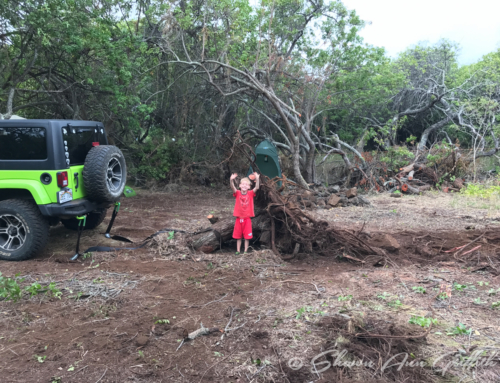Gardening in pots or containers, also known as container gardening, allows you to have plants where there is no soil to dig up – be it a deck or patio or a windowsill. This is an easy method to grow decorative plants, flowers, and even vegetables. With a little thought and care, container gardening can be a showstopper!

Container Gardening
When beginning to plan your container garden, figure out where you’d like to put your containers. Are they in full sun, with the warm rays beating down for several hours per day? Or is it under a patio cover, where it’s relatively dark most of the time? The amount of light your pot will receive determines what kind of plant will grow in that spot.
Container gardens need excellent drainage. The demise of most plants in containers is overwatering. Although you can add some gravel to the bottom of a large pot to give you a little extra drainage space, make sure that your container has adequate drainage. You can use a drill to make drainage holes bigger. If you’re worried about the pot drainage on the surface of your deck or patio, get some plant saucers to put under the pots. They will catch the extra water and allow it to evaporate.
Use good quality potting soil and fertilizer. Plants that are in the ground have a lot of area in which they can pull nutrients from while container plants only have the soil that you provide. Make sure you give them enough food! A beaded slow release fertilizer is a good choice as you only have to worry about feeding your plants every few months.
Plan your plantings. Place shorter or trailing plants near the front or edge, taller plants to the center or back. Group plants with the same care requirements together (low light, dry soil, etc.). Want to grow flowers and veggies? Choose a tomato variety developed for pots (‘Patio’ is a common one) and team it up with some dwarf marigolds. The upside of this combination is that the marigolds will keep some of the tomato’s pests away. Want to take it a step further? Mix in some basil and thyme plants with the mix. There are many lists of successful companion planting to help you navigate the choices.
Keep and follow the care cards for the plants you’ve purchased. It may sound like a no-brainer, but I can’t tell you how many times I’ve planted something and don’t remember what it was a year later. I like to keep a little journal of my plants, so I know what worked and what didn’t for the next year.
Use big pots to have more plant choices. The larger the pots, the larger plants you can grow. If you are growing vegetables, that becomes important, because smaller pots just don’t allow the roots to develop, and plants don’t produce. Try not to use pots less than about eight inches. Five-gallon buckets work well, even for things like zucchini or tomatoes. They are readily available, can be spray painted to change their look. Just drill some holes in the base, paint if you want to change their appearance and plant away!
If all of this sounds like more work than you are ready to invest in, just slip a garden center potted plant into an appropriate sized decorative pot. Nobody but you will know. When it starts looking tired, replace it with a fresh plant. Container gardening is a great way for gardening for beginners and can be as simple as one herb or multiple herbs and vegetables; it is up to you!




